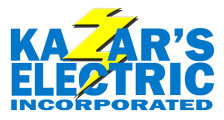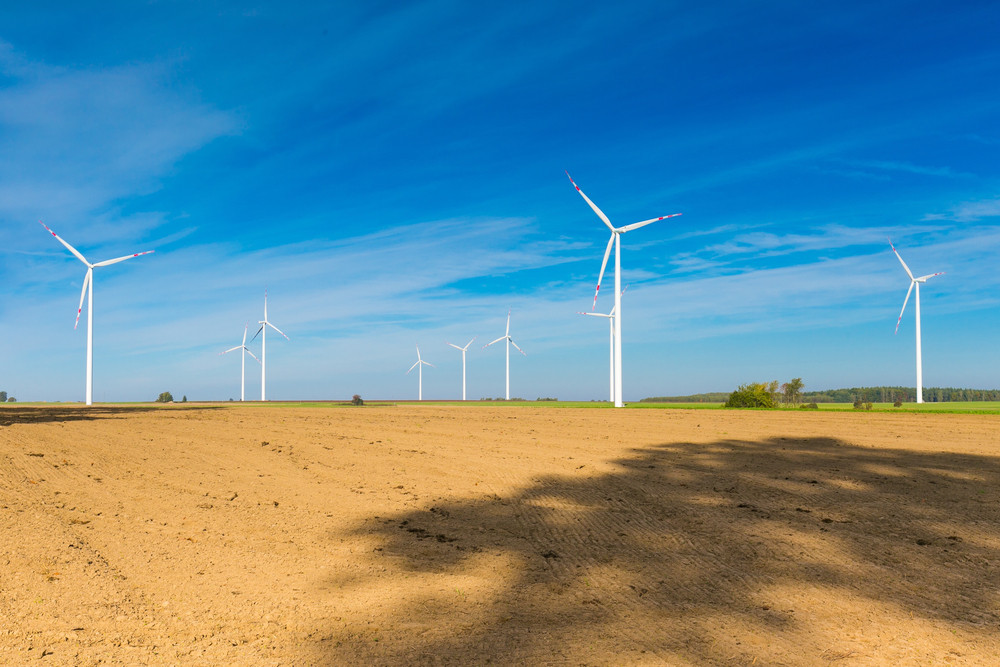Here’s a fact: 300 homes can be supplied with electricity by just one wind turbine. Considering that the renewable energy sector is growing exponentially, the potential for availing sustainable residential electrical services to a majority of U.S homes in the coming years is real. The sector currently has over one hundred employees across the U.S. Besides supplying homes with green energy, it is also an attractive business with impressive returns on investment. Here are a couple of pros and cons of wind energy.
Pros:
It’s Eco-Friendly
Unlike other sources of traditional energy that depend on coal or oil, wind energy is non-toxic, clean, and does not pollute the environment. Besides, it minimizes reliance on fossil fuels, which comes with a host of benefits.
It’s Reliable
As long as the earth remains, there will always be wind. This is because the atmosphere is heated every time the earth rotates, resulting in wind. What this means is that we have a free, sustainable, and inexhaustible source of energy, especially in areas with lots of wind. On the contrary, the traditional residential electrical services use sources of energy that are toxic and get depleted over time.
It’s Affordable
Wind energy is one of the most inexpensive, besides the fact that it has a high return on investment. For instance, wind farms provide households with sustainable, affordable energy to power their businesses and homes. It’s also important to note, as the cost for traditional sources of energy soars, that of wind energy has been consistently declining on the back of an increase in demand and technological innovations.
Cons:
Expensive Installation
The production and installation of wind turbines are relatively expensive. One requires a substantial initial investment, especially when installing it for commercial and residential use. It gets costlier if the client lives a long distance from the supplier. There is also the likelihood of erosion in the area of installation, leading to expensive environmental concerns. Maintenance could be another problem since it is sometimes difficult to get a wind turbine supplier willing to maintain it after installation.
Only Applicable in Areas with Strong Winds
One cannot install wind turbines just anywhere. The area has to be prone to fast winds, which happen to be found in remote areas where demand is often decreased. To transmit electricity to where it’s needed most (urban areas), transmission links are required, which is another cost a supplier will have to contend with.
As people become more responsible for the environment, the demand for green energy will persist. However, even with most consumers preferring wind energy to traditional forms, challenges exist, especially in terms of cost-effectively delivering residential electrical services to those who need it.


Current environmental conditions require us to make some changes in our lives, and switching to other renewable energy sources is a top priority.